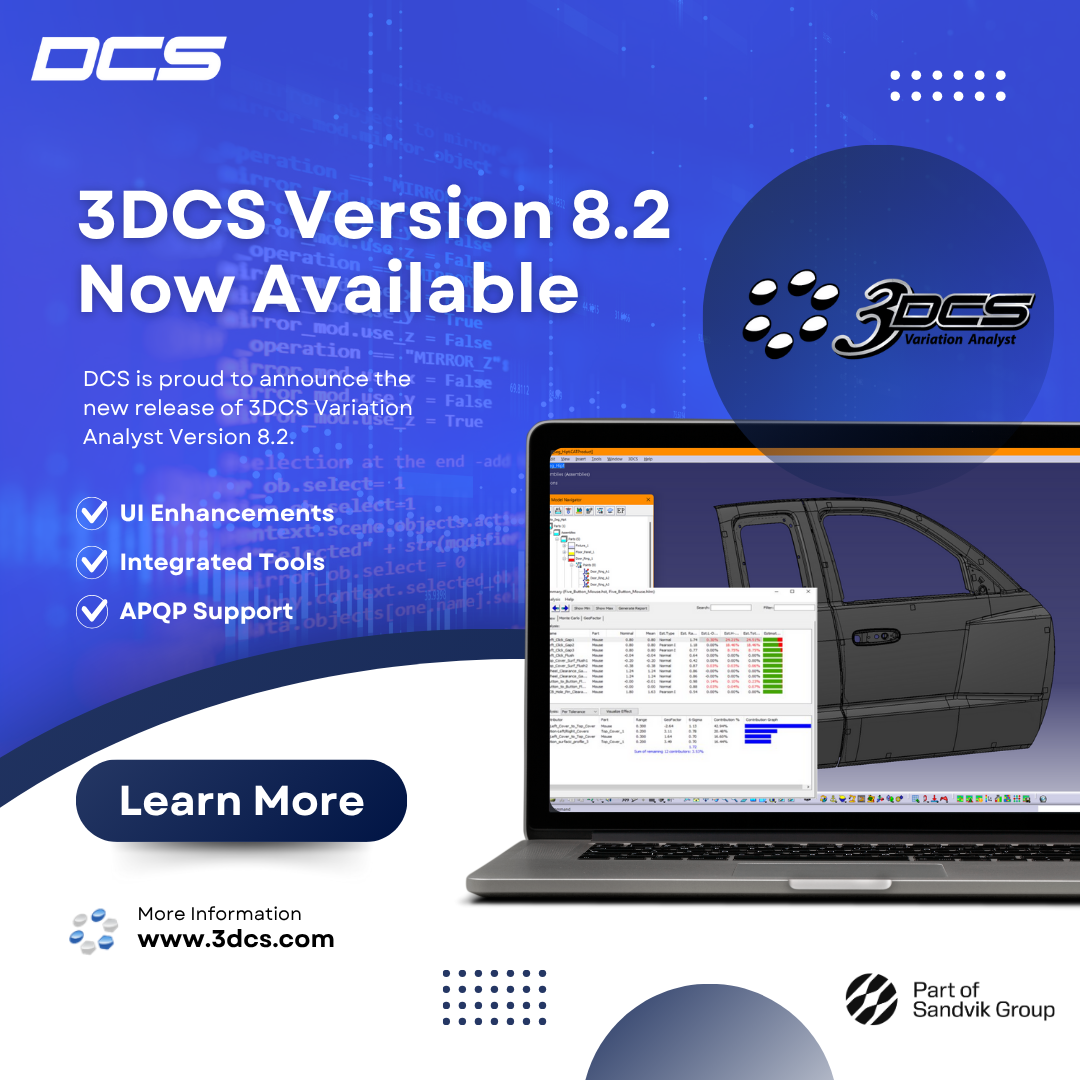Not always, but unfortunately all too often, the term “digital twin” is explained only with reference to the specific application in which it is used. This can lead to misunderstandings on the part of the reader or listener.
To come to grips with the topic, it helps to keep a fundamental definition of the concept in mind. This describes the digital twin as the virtual counterpart of a process, a product or a service that connects the real world with the virtual world by linking the two via a software-based exchange of data. The connection can be used to simulate, control and optimize the respective product, process or service.
Digital twins are as different from one another as real-world twins
The definition indicates why there are many digital twins: The concept can be applied to a wide variety of scenarios. Therefore, one may speak of the digital twin of a product, a process in a production cell, an entire factory or the supply chain as a whole.
In consequence there can never be the ONE digital twin – the technologies and methods required depend on the scope of application and the specific use case. A digital twin can’t simply be introduced via a software upload.
Applications and benefits in the manufacturing industry
While the definition therefore does not pinpoint what exactly constitutes the digital twin, it is all the more precise in describing its expected benefits.
Controlling, simulating, and optimizing in real time via active data connection: These options open up a promising range of applications for the manufacturing industry.
A few examples
- Manufacturing based on the actual status: Production planning is usually based on an ideal state mapped by the ERP system. However, the planning horizon of an ERP system today typically covers 24 hours at best. Should an unexpected event occur during this time frame – a shop floor worker falls ill, a supply truck gets stuck in traffic, or a machine breaks down – the IT will be unable to map it. With the concept of the digital twin (here factory twin), the company is able to react much more quickly and re-plan the production program for maximum productivity given the newly learned constraints.
- Predictive maintenance for machines/assets: Instead of relying on preventive strategies, the digital twin (here: machine/asset twin) provides real-time monitoring and analysis capabilities and therefore permits predictive maintenance. The benefits are greater availability, lifespan, performance and productivity of the facility/asset.
- PLC validation as a component of virtual commissioning:
With the digital twin of the machine, its functions can be tested and secured in a virtual environment. This provides benefits such as early recognition of potential errors as well as faster commissioning. For more information, please refer to our page on PLC Validation using FASTSUITE and the YouTube-Video on this topic.
- Enhanced efficiency in tolerance management: Virtual prototypes (product twins) make it possible to conduct e.g. functional and quality analyses, develop viable tolerance concepts and optimize process reliability in manufacturing. For more on the topic, see the CENIT Newsroom.
- Optimizing the product lifecycle: With the help of a PLM system and based on digital continuity, companies can use the concept of the digital twin in various ways for economic and market strategic gains. The German family business Kärcher is relying on the 3DEXPERIENCE platform to forge ahead in this field. Kärcher plans “to create a digital twin focused on systems analysis, product configuration and manufacturing processes, as well as customer service and packaging design”, as described in the press release by Dassault Systèmes. For additional information on the project initiated by this long-standing CENIT client, please see our references.
It’s easy to envision that many other companies will follow this approach in the coming years. Market change remains fast and furious, and whether it’s a greenfield or a brownfield application, only players with new ideas and optimized processes will remain successful.
Think big, start small, start now
For the decision maker and his team, it is now a matter of identifying the digital twin that represents the most meaningful innovation and investment based on the strategic business goal and the digital transformation roadmap for his company.
From there it follows which technologies the company needs and where digital continuity in the dimensions of virtual product, digital processes and autonomous production has to be tackled first.
We at CENIT advise managers to take the “think big, start small, start now” approach to digital transformation. If you would like to leverage the expertise of our consultants, please contact us at myquestion@cenit.com.
Further reading: Views and opinions on the digital twin topic
- “What Is Digital Twin Technology - And Why Is It So Important?”
(Bernard Marr, Forbes Online, March 2017) - “Digital Twins – Rise of the Digital Twin in Industrial IoT and Industry 4.0”
(i-scoop) - “Designing better machines: the evolution of a cognitive Digital Twin explained”
(IBM, Internet of Things Blog, 05/2018) - “Will There Be A Digital Twin For Everything And Everyone?”
(SAP, Digitalist Magazine, 05/2018) - “How Digital Twin Tech Helps Drive Industry”
(Dassault Systèmes / Forbes, 11/2018)






No Comments Yet
Let us know what you think